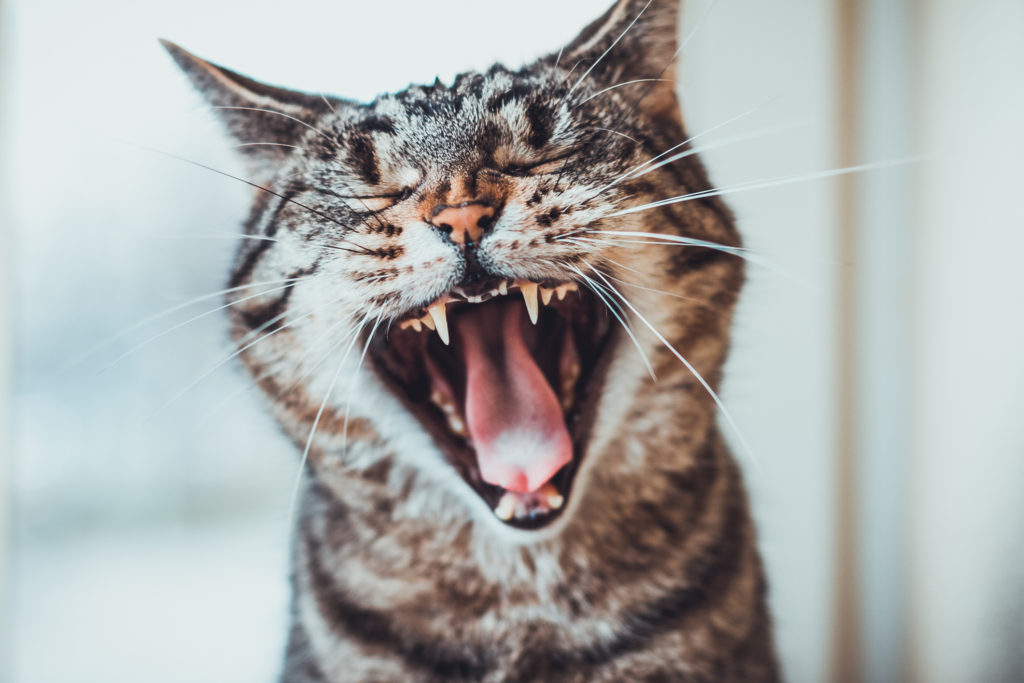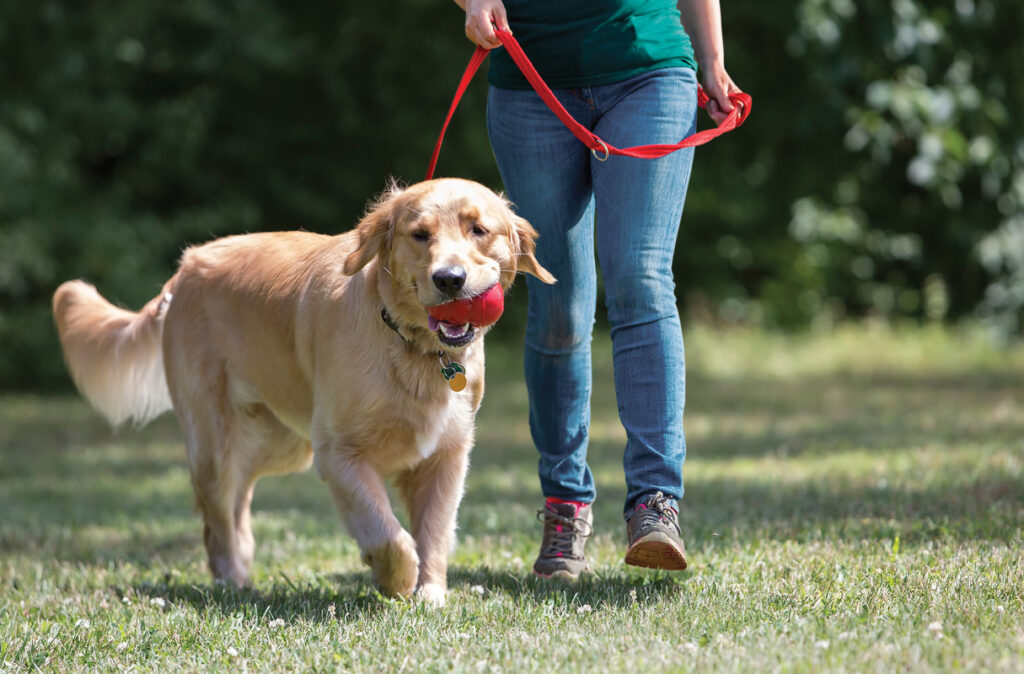As all cat owners are aware, it’s your cat’s world, and we just live in it. As a fantastic cat parent, you already provide good nutrition, care, and love to your cat. One important aspect of your cat’s health is brushing your cat’s teeth to keep them well and healthy.
Oral health is important as keeping your pet’s mouth healthy is crucial to overall health. Many health issues can be linked to poor oral hygiene. In fact, more than 70 percent of cats have developed periodontal disease by the time they are three years old.
Periodontal disease causes the gums to become inflamed and infected. The gums can recede, which causes the teeth to loosen and eventually fall out. Bacteria can enter the bloodstream through infected gums and open wounds from missing teeth. This can cause mild to severe health issues. Not to mention, tooth pain is awful for anyone.
No matter if you have a kitten or an adult cat, you can start to brush your cat’s teeth at any age. It may take a little training, patience, and treats, but soon enough, your cat’s teeth will be the picture of health.
Cat Oral Health
It is critical for cats to receive oral health care as their mouth is a vital part of their everyday life. Not only do cats need their mouth to eat, drink, and communicate, but they also need their mouth to groom themselves. Playful cats also like to chase and chew on treats and other toys, and if their mouth hurts, they will not be able to participate in enjoyable and stimulating activities.
If your cat is having oral health problems, you may see some of these symptoms:
Bad breath – could be indicative of an infection.
Dull coat – if your cat’s mouth is in pain, they will not want to groom themselves.
Decreased appetite – eating is not pleasant if you have any type of tooth or mouth pain. This reduction in food intake can cause weight loss.
A change in eating habits – do you see dropped food on the floor, or maybe your cat is favoring one side of their mouth when eating? These signs could mean tooth pain and that they are avoiding that area.
If you see any or a combination of these symptoms, schedule a visit with your veterinarian right away for care and preventative recommendations to avoid any mouth problems in the future. Of course, brushing your cat’s teeth is the best preventative care there is.
Supplies
You will need to use particular supplies to brush your cat’s teeth, as human oral care products are not designed for animal use. Our toothbrushes are too hard for them, and the fluoride in human toothpaste is not meant to be swallowed in large amounts and could be dangerous if ingested. Always use caution with Flouride — it is dangerous to consume excess quantities for both children and animals.
When you are first training your kitten or cat to become accustomed to teeth brushing, you can use a special finger brush. This textured brush slides over the tip of your finger and cleans your cat’s teeth and gums to help start the process of toothbrush training.
In lieu of a finger brush, you can use gauze wrapped around your finger. Use caution when you have your fingers near your cat’s mouth, as your cat may be tempted to bite down on your finger.
As your pet becomes more used to brushing, you can start to switch over to a specially designed cat toothbrush. You can also use a small baby toothbrush (the one exception to using human products), but make sure that the bristles are very soft.
If you have more than one cat, make sure each cat has their own toothbrush. Individual toothbrushes are vital to avoid spreading illness or unique mouth bacteria.
Pet toothpaste is designed for dogs and cats and is different from human toothpaste. Pet toothpaste is designed to be more palatable for our pets in flavors that they enjoy, like chicken, peanut butter, or beef. Unlike human toothpaste that contains fluoride, it is okay if your cat swallows their toothpaste.
Toothbrush Training
It is not likely that your cat is going to accept teeth brushing right away. You’ll need to train your cat to cooperate when you are brushing their teeth, and making it a positive experience is the best way to do this.
A negative experience is more likely to end with hissing, scratches, and other undesirable behavior. The key to brushing your cat’s teeth is to keep things positive. Your cat should associate this act with treats and love from you.
The younger your cat is, the easier it may be for them to get used to having their teeth brushed regularly. Older cats do take longer to become used to teeth brushing, but with plenty of patience, love, and consistency, you can make lengths in incorporating regular teeth brushing in your cat’s routine.
While the training process may vary in time depending on your cat’s age, expect around four weeks of time dedicated to getting your cat used to having their teeth brushed. Give each step time, and don’t try to rush two steps in a day. Keep it slow and positive.
How To Toothbrush Train
Let’s take a look at the training process:
Step One
First, you’ll want to persuade your cat with tooth brushing by showing how tasty their toothpaste is. Put some of the toothpaste on your finger, and allow your cat to lick it off.
Once they lick it off, you may want to offer a treat to show that this is something you want them to keep doing. You can try different types of cat toothpaste to see if they have a particular favorite.
Step Two
Once your cat has a taste for their toothpaste, you can gently start to massage the toothpaste onto their gums and teeth. Offer lots of treats during this phase, and slowly increase the time you rub their gums and teeth with the toothpaste.
Step Three
Now that your cat is used to having their gums and teeth rubbed with toothpaste, you can introduce the finger brush or gauze around your finger. Apply the toothpaste to this material and then massage their gums and teeth.
Again, offer lots of treats and loving words during this phase. Take it slow and gradually increase the amount of time you brush every day.
Step Four
Now here comes the big test, adding in the actual toothbrush. Just let your cat lick the toothpaste off the toothbrush at first while still using the finger brush or gauze. A positive introduction to the toothbrush is critical. Spread this out over a couple of days. ” +6bvc
After using the finger brush and gauze, gently insert the toothbrush into your cat’s mouth for a short time. Again, gradually decreasing the finger brush/gauze and increasing the amount of time with the toothbrush. Again, lots of praise and treats for your cat.
Step Five
Celebrate! Now that your cat is used to having their teeth brushed, gradually increase the number of times you brush their teeth in a week. Consistency is key, and if you can only get your cat to comply with a few brushings per week, this is a win for everyone.
Additional Resources
We know that if our cat does not like something, they will not have it! Sometimes our cats don’t like having their teeth brushed every day or multiple times a week. Any amount of brushing is better than no brushing at all, but there are also some additional products you can use to try to increase your cat’s oral health.
Certain food brands are designed to increase oral health in cats. There are also special additives that can be added to water to decrease the amount of plaque present on teeth. Feline dental treats are made to be abrasive enough to the surface of your cat’s teeth to remove plaque and freshen breath. Your vet will be able to better advise you on what you can incorporate to your feline’s lifestyle to protect their dental health.
When looking for food, treats, or additives to include in your cat’s oral health regimen, refer to the Veterinary Oral Health Council (VOHC) to ensure that the products you are using have been recognized to reduce periodontal disease in pets.
The Bottom Line
Training your cat to become accustomed to having their teeth brushed is one of the most beneficial things you can do for their health. Stinky breath is improved, and overall health can be increased when oral care is performed regularly. Although it may take longer to train an adult cat, the end result is that your cat will be healthier by having regular teeth cleanings.
Our knowledgeable and friendly veterinarians at AskVet can answer any questions you may have about teeth brushing and oral care for your feline friend. Our passion is ensuring your pet’s overall health and well-being, and we are here 24 hours a day, seven days a week, to assist with any concerns you may have.
Source:
Protect Your Pet’s Teeth: Top Tips from a Veterinary Dentist | UW School of Veterinary Medicine
Dental Care | Animal Health Topics | School of Veterinary Medicine



